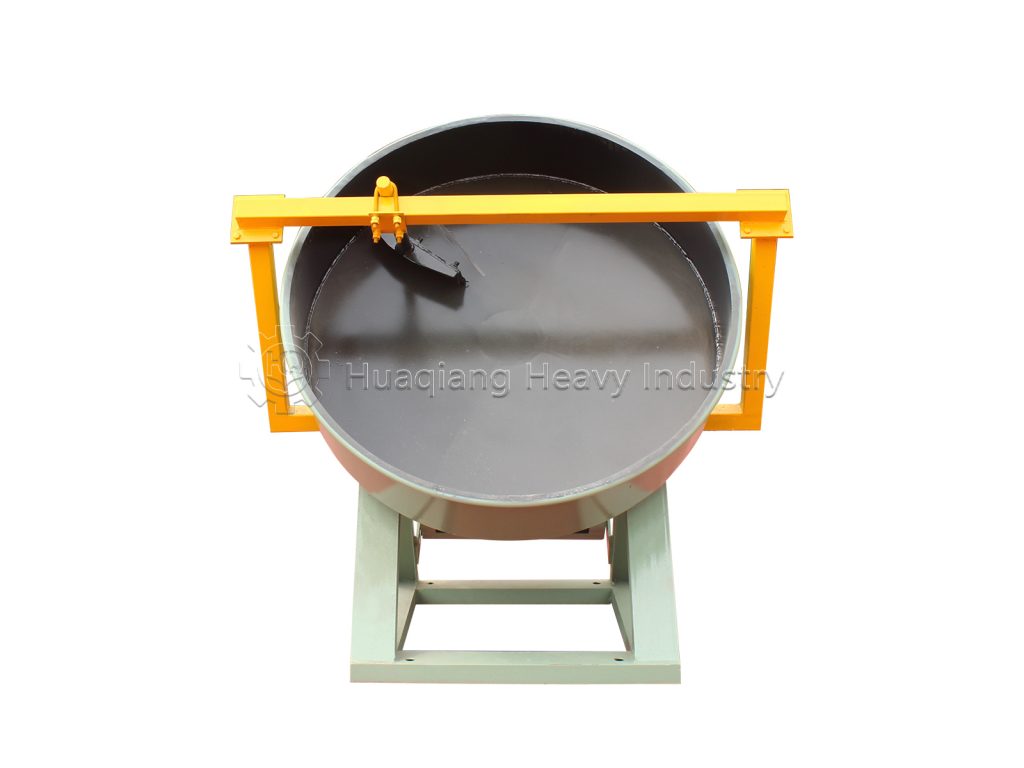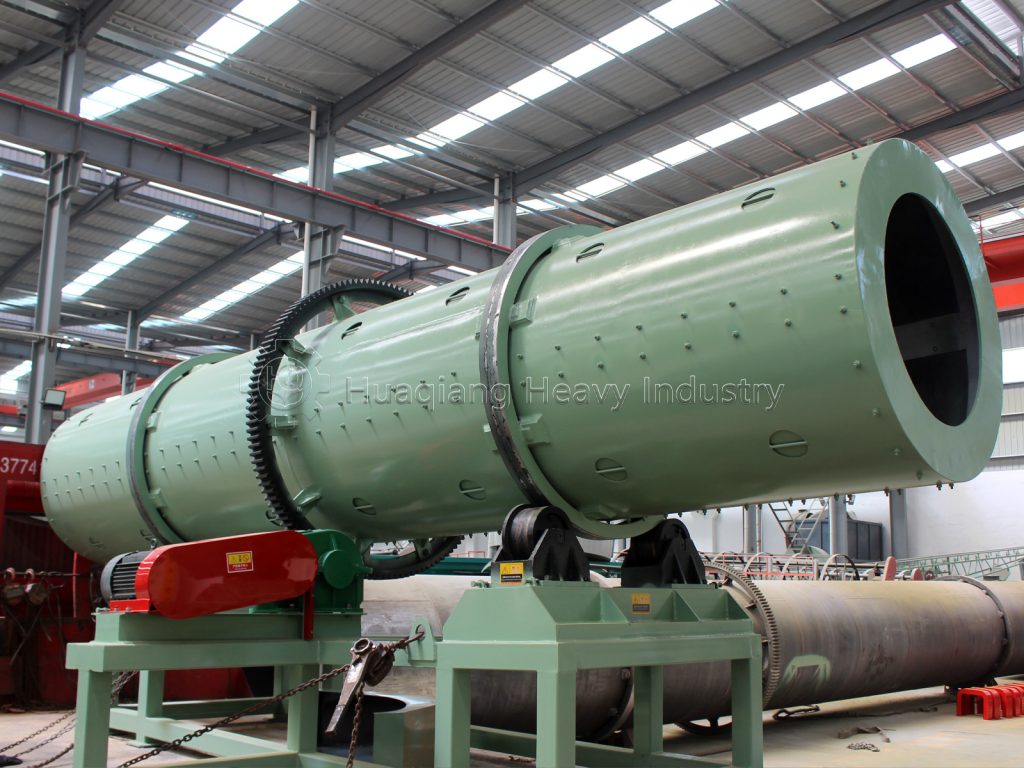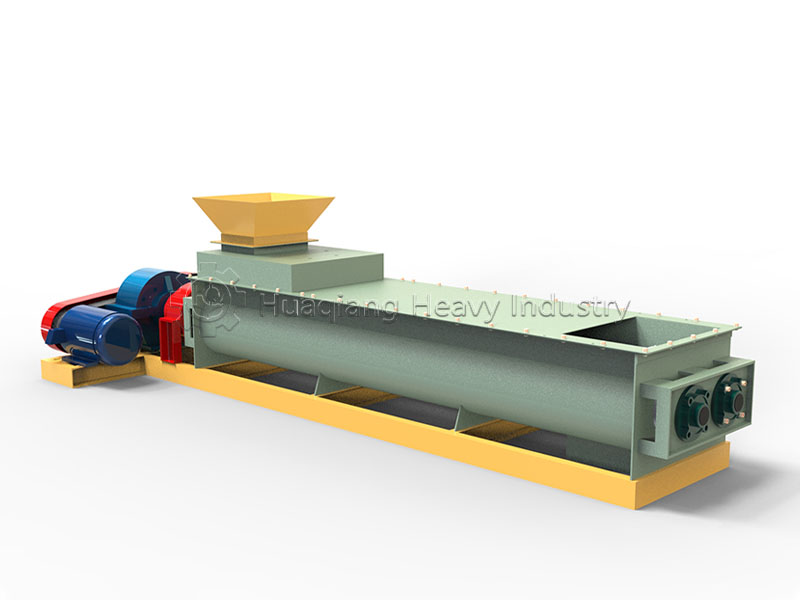Among the core equipment in organic fertilizer production lines, disc granulators are the preferred choice for many companies, especially small and medium-sized production lines, due to their strong adaptability, high-quality granulation, and convenient operation. They significantly improve production efficiency and product quality.

The disc granulator‘s most prominent advantage is its excellent granulation performance. Its unique disc structure uses the synergistic effect of centrifugal force and gravity to create a stable “rolling granulation zone” within the disc, achieving a granulation rate exceeding 90%, far exceeding that of some extrusion granulation equipment. The resulting granules are not only highly rounded and smooth, but also uniform in size (typically controlled within 2-5mm). This not only prevents nutrient loss due to granule breakage during transportation, but also meets the granule shape requirements of mechanized fertilization, significantly enhancing product market acceptance.
Secondly, it offers excellent raw material compatibility. Organic fertilizer raw materials come from a wide range of sources, from decomposed chicken manure and cow dung to straw powder and mushroom residue, with widely varying composition. The disc granulator can easily adapt to different raw material characteristics by adjusting the disc inclination angle (45°-55°), rotation speed (15-20 rpm), and feed rate.
Disc granulators also offer significant advantages in terms of operation and cost. The device boasts a simple structure, with the disc and drive system as its core components. Routine maintenance requires only regular inspections of bearing wear and disc flatness, resulting in maintenance costs approximately 30% lower than those of a drum granulator. Furthermore, its energy consumption is low, with a single unit consuming approximately 5-10 kWh per hour. This makes it suitable for the production needs of small and medium-sized production lines (with a single unit capable of flexibly adjusting daily output to 5-20 tons). The investment threshold is significantly lower than that of large-scale drum granulation equipment, enabling companies to quickly achieve operational and profitability.
Disc granulators also align with green production trends. Their enclosed design reduces dust emission from raw materials, and combined with a spray moisturizing system, they effectively control dust pollution during the production process. Some units can also be integrated into the production line’s waste heat recovery system, further reducing energy consumption. For organic fertilizer production companies that pursue high efficiency, economy and environmental protection, disc granulator is undoubtedly the ideal choice to balance quality and cost.

